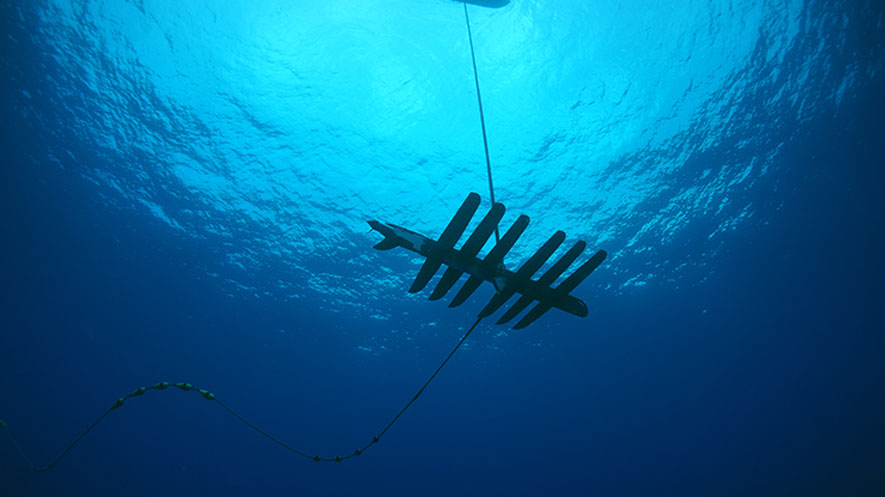SUNNYVALE, CA - June 5, 2018 – Top oceanographers from Scripps Institution of Oceanography (Scripps) and the Applied Physics Laboratory of the University of Washington (APL-UW) have selected Wave Gliders as their sensor platform.
The experienced, long duration ocean robots, will conduct advanced scientific research in the most inhospitable and remote regions of the Arctic and Southern Oceans. Using Liquid Robotics Wave Gliders, proven in extreme ocean conditions (sea state 6+), scientists will obtain real time data and rare insights into the dynamic conditions that drive the world’s weather and climate. This data is critical for scientists to understand and improve global ocean weather modeling and climate prediction.
The oceanographers leading these important missions are:
- Dr. Eric Terrill and Dr. Sophia Merrifield - Coastal Observing Research and Development Center (CORDC), Scripps Institution of Oceanography
- Dr. Ken Melville and his team at the Air-Sea Interaction Laboratory, Scripps Institution of Oceanography
- Dr. Jim Thomson and his team in the Stratified Ocean Dynamics of the Arctic (SODA) program at the Applied Physics Laboratory-University of Washington (APL-UW)
Each team will integrate sophisticated oceanographic and atmospheric sensors onto the Wave Gliders to measure extreme wave states, winds, temperature, and salinity in the upper layers of the ocean. Historically, these regions have been undersampled due to the dangers and risks of operating in these turbulent oceans. With the help of unmanned systems, the oceanographers will be able to observe the real time weather and climate conditions safely from shore.
“The reliability of the platform, modular payloads, and proven navigation capabilities led to our decision to select the Wave Glider for our upcoming science program,” stated Dr. Terrill, Director of the Coastal Observing R&D Center at Scripps. “Tackling at-sea science questions has plenty of challenges and we needed a platform we could trust and adapt. The modularity allows us to deploy our own sensors and adapt autonomy algorithms so that the vehicle will optimally sample the ocean.”
Working together with Liquid Robotics, these top oceanographers have successfully conducted long duration scientific missions in the Arctic, Pacific, Southern and the North Atlantic oceans. Exploring the vast, remote regions of our ocean, especially in the Arctic and Antarctica, is incredibly challenging. Deploying Wave Gliders in the most energetic sea conditions on Earth will help scientists gain a better understanding and modeling of our changing planet.
“In 2016, we successfully completed a 3 month, 2000km mission in the Southern Ocean where the Wave Glider performed through 6m high waves, extreme winds, and swam through the world’s largest ocean current, the Antarctic Circumpolar Current,” said Dr. Jim Thomson, Senior Principal Oceanographer at The APL-UW. “The data collected provided unprecedented temporal and spatial coverage and I have great confidence our upcoming Arctic mission in the Beaufort Sea, part of the Stratified Ocean Dynamics of the Arctic, will again provide valuable insights.”





